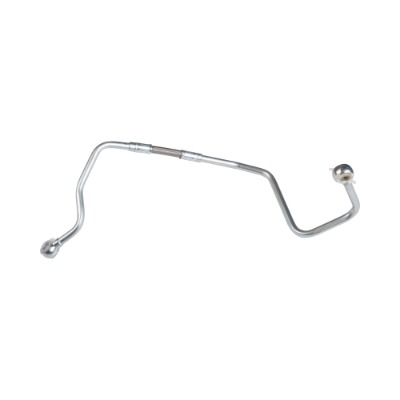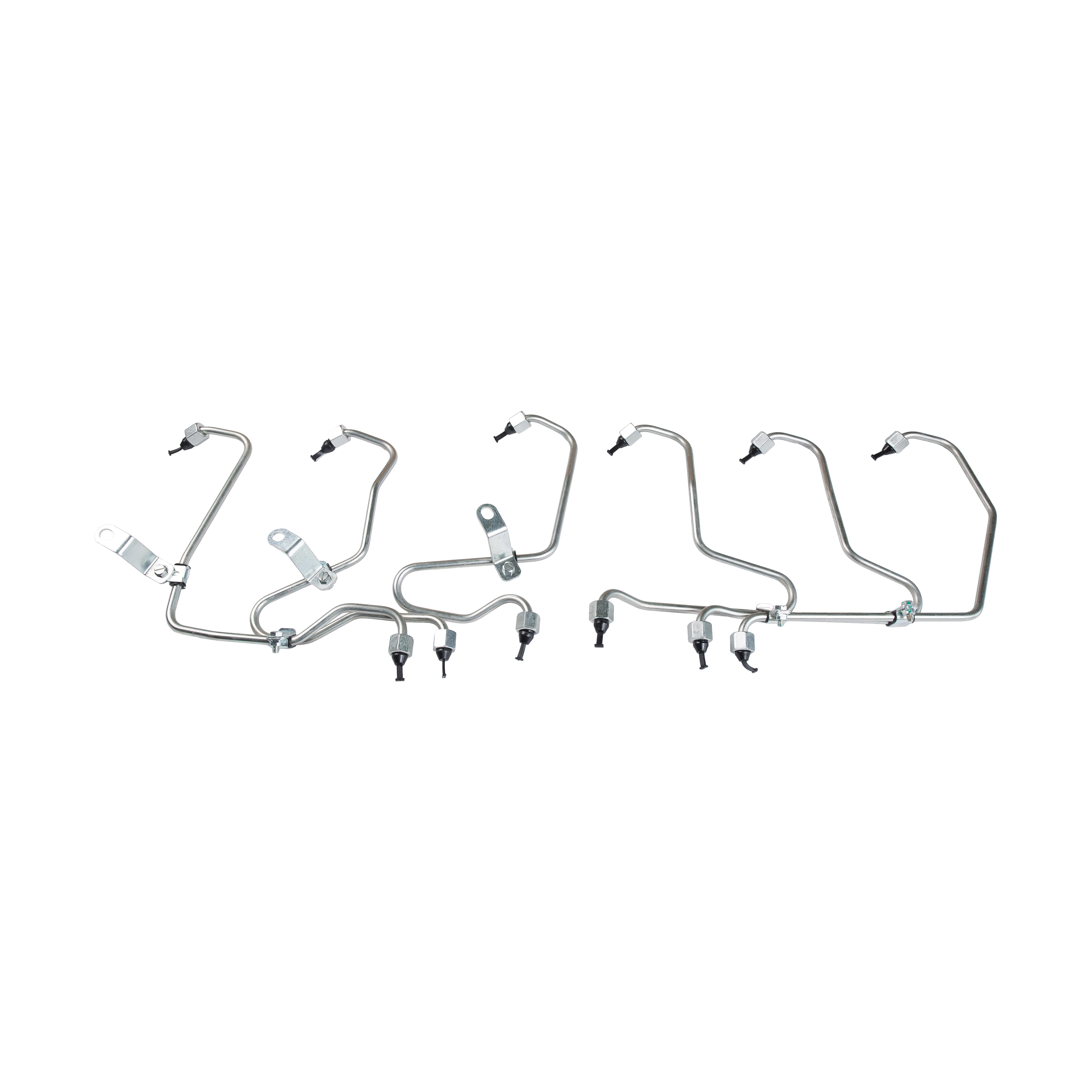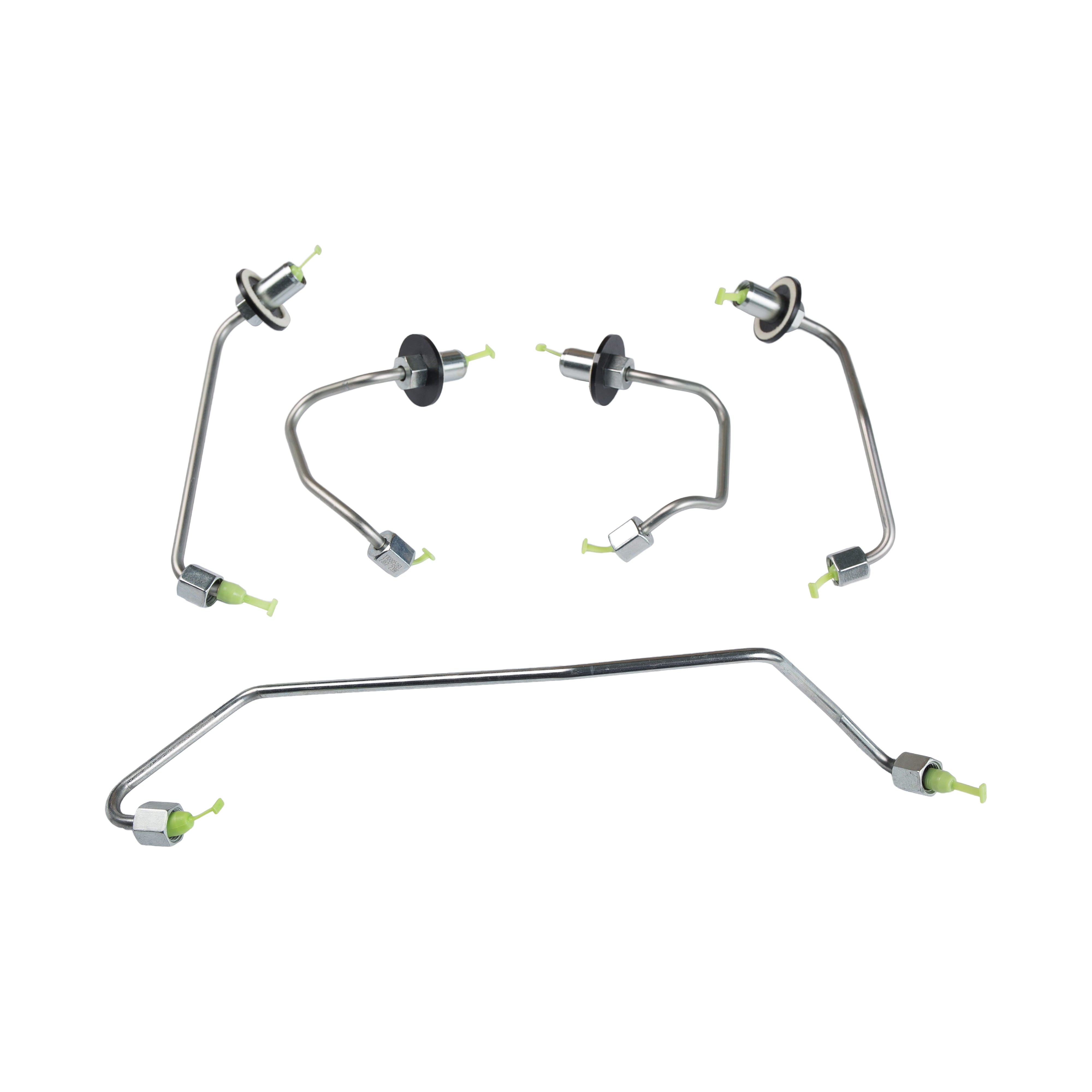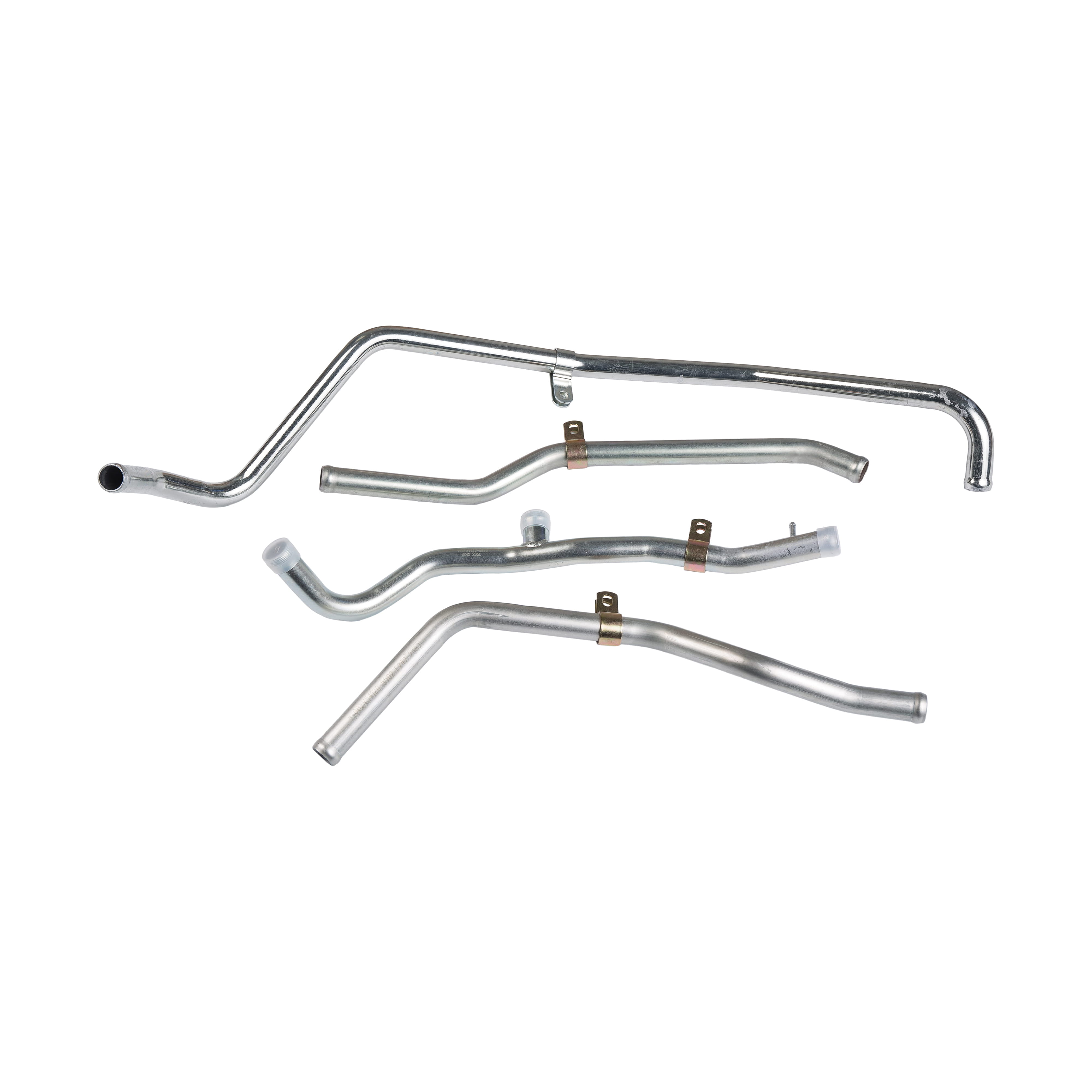Introduction to Low-Pressure PTFE Engine Oil Pipes
Low-pressure PTFE engine oil pipes are widely used in automotive and industrial engines due to their exceptional chemical resistance, temperature tolerance, and durability. These pipes provide reliable oil flow, helping maintain engine performance and longevity. Understanding how they perform under different climatic conditions is essential for manufacturers, mechanics, and vehicle owners, particularly in regions with extreme temperatures or humidity variations.
Material Properties of PTFE Pipes
Polytetrafluoroethylene (PTFE) is a synthetic fluoropolymer known for its chemical inertness and thermal stability. Its properties make PTFE ideal for engine oil pipes exposed to diverse environmental conditions.
Temperature Resistance
PTFE can operate efficiently across a wide temperature range, typically from -70°C to 260°C. This allows low-pressure PTFE engine oil pipes to perform well in both cold winters and hot summer climates without losing flexibility or structural integrity.
Chemical Resistance
PTFE is highly resistant to oils, fuels, coolants, and other engine chemicals. This ensures that low-pressure PTFE pipes maintain performance regardless of environmental factors that could promote chemical reactions, such as high humidity or exposure to road salts.
Flexibility and Durability
Low-pressure PTFE engine oil pipes combine flexibility with mechanical strength, allowing them to withstand vibration and bending stresses. This property is particularly important in vehicles operating in regions with rough terrain or extreme temperature swings.
Performance in Cold Climates
Cold climates pose challenges for engine oil flow due to increased viscosity and potential brittleness in materials. PTFE pipes are well-suited for these conditions because of their low-temperature flexibility and chemical inertness.
Oil Flow Efficiency
Even at sub-zero temperatures, low-pressure PTFE pipes maintain smooth oil flow. Unlike rubber hoses, which can stiffen or crack in extreme cold, PTFE retains its elasticity, ensuring reliable lubrication throughout the engine.
Resistance to Cracking
PTFE's molecular structure prevents brittleness at low temperatures, reducing the risk of pipe cracking or leaks. This ensures safe operation for vehicles in northern or high-altitude regions where temperatures can drop below -30°C.
Performance in Hot Climates
High-temperature environments increase oil fluidity and can accelerate material degradation in standard hoses. PTFE pipes perform reliably under these conditions due to their high thermal stability and chemical resistance.
Heat Resistance and Dimensional Stability
PTFE pipes maintain their shape and integrity at elevated temperatures, typically up to 260°C. This prevents expansion, deformation, or leakage in hot climates or during prolonged engine operation in high ambient temperatures.
Protection Against Thermal Degradation
Unlike conventional rubber hoses, which may soften or degrade under heat, PTFE is chemically stable and resistant to oxidation. This ensures a long service life even in hot desert regions or under high engine load conditions.
Performance in Humid and Wet Environments
High humidity and wet conditions can accelerate corrosion in metal fittings and compromise conventional hoses. PTFE's chemical inertness and water resistance make it ideal for such environments.
Moisture Resistance
PTFE engine oil pipes are non-porous, preventing moisture ingress that could affect oil flow or cause corrosion in connected components. This ensures consistent performance in coastal or tropical regions.
Compatibility with Coolants
PTFE's chemical stability allows it to safely contact engine coolants and additives without degradation. This is important in humid climates where condensation can mix with engine fluids and cause chemical interactions in inferior hoses.
Maintenance and Longevity
Proper maintenance ensures PTFE pipes perform optimally across different climates. PTFE hoses require minimal maintenance due to their chemical resistance, but regular inspections for fittings, bends, and connections help maximize lifespan.
- Inspect for cracks, bends, or loose fittings regularly.
- Ensure correct installation to prevent kinks or excessive bending.
- Use compatible oil types to avoid chemical stress on the pipe.
- Replace protective coverings if outer layers are damaged.
- Monitor engine temperatures and pressure to ensure safe operation.
Comparison with Rubber Hoses
| Property | PTFE Pipe | Rubber Hose |
| Temperature Tolerance | -70°C to 260°C | -40°C to 120°C |
| Chemical Resistance | High | Medium |
| Flexibility at Low Temp | Excellent | Reduced |
| Service Life | Long | Shorter |
Conclusion
Low-pressure PTFE engine oil pipes demonstrate excellent performance across varying climatic conditions. Their superior temperature tolerance, chemical resistance, and flexibility make them suitable for cold, hot, humid, and wet environments. Compared to conventional rubber hoses, PTFE pipes provide longer service life, reduced maintenance, and reliable oil flow under diverse operating conditions, ensuring optimal engine performance worldwide.


 English
English Español
Español русский
русский












